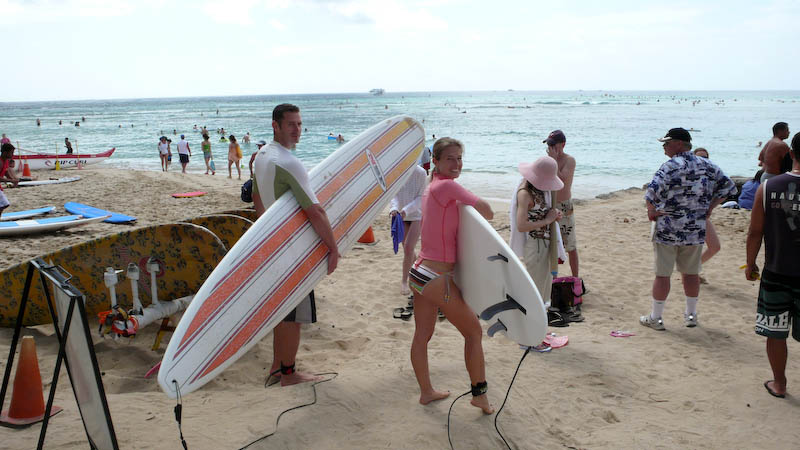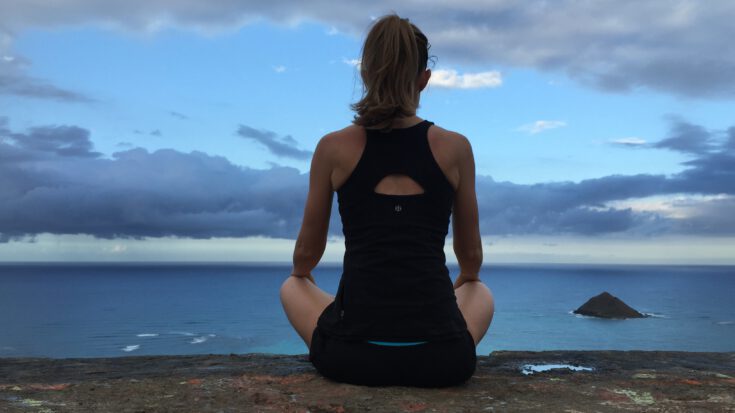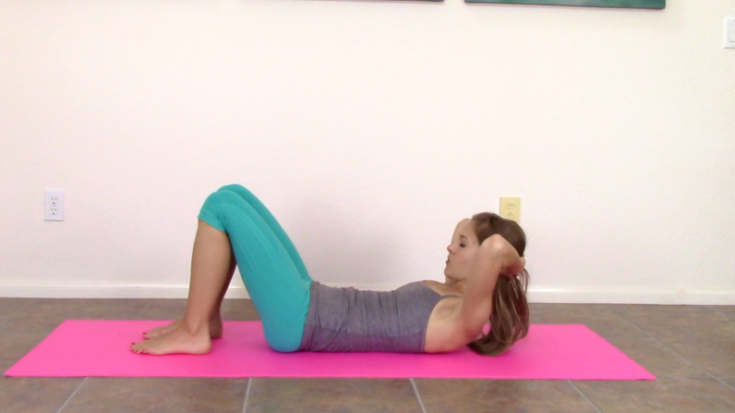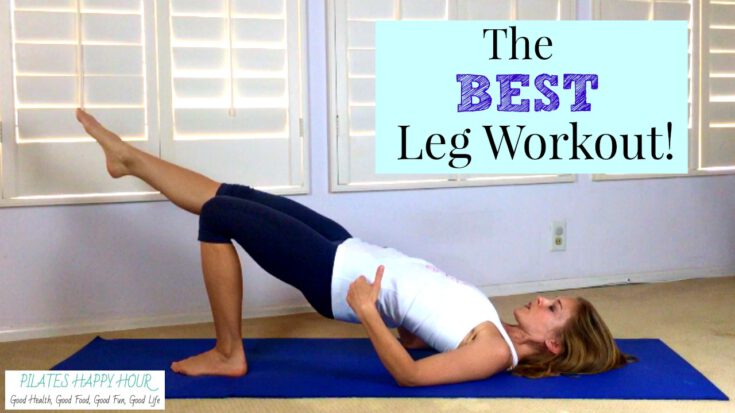 I lived and worked in Denver for 9 years. From November through March, I could assume that every knee injury that walked through my door was due to skiing. It was a somewhat unique patient population, and I learned pretty quickly the biomechanics of skiing and how to help people prevent injury. When I moved to Hawaii, we didn’t exactly have a “ski season”. You know what we did have? Sun, sand and surfing.
I lived and worked in Denver for 9 years. From November through March, I could assume that every knee injury that walked through my door was due to skiing. It was a somewhat unique patient population, and I learned pretty quickly the biomechanics of skiing and how to help people prevent injury. When I moved to Hawaii, we didn’t exactly have a “ski season”. You know what we did have? Sun, sand and surfing.
I remember the first patient I saw who said she injured herself surfing. I listened to her story and had NO IDEA what she was talking about. I had to make her get down on the floor and show me what paddling looked like. She had to draw diagrams and talk with her hands. I had to guess what surfing exercises to give her that would help the most. I realized that day I better learn about this surfing thing if I was going to help my patients.
I fell in love with surfing. I was never a big skier or snowboarder – I kind of hate being cold – but put me on a board under a perfect blue sky, with clear water all around and turtles swimming underneath me and I am a happy girl (I’m not quite used to this SoCal cold water surfing thing yet, but I’m getting there). I am not good by any stretch of the imagination, but I can hold my own and at least get a great workout. If nothing else, I am happy just sitting on my board, watching my friends surf and getting a tan.
Surfing is HARD, friends. Really hard. I guess everything is hard the first time you do it, but this was an entire set of muscles I had never used before. Yes, keeping your balance is hard and, yes, timing a wave is hard. But do you know what else is hard? Paddling. Surfers do it because they have to in order to get out to the waves, but it’s not easy. It’s also where most of the chronic injuries associated with surfing happen.
The most common paddling position involves lying on your stomach with your arms in the water at the sides of the board. Your head and chest are lifted to see where you are going, and your arms paddle through the water to propel you forward. If this sounds easy, get down on the floor on your stomach and lift your arms, head and chest off the ground. Don’t support yourself in any way – just lift actively. Stay there for ten minutes, and you’ll start to see why paddling is so hard.
Efficient paddling in this position requires three things: 1) a good amount of thoracic spine extension (the thoracic spine is the middle portion of your spine), 2) shoulder and rotator cuff strength and 3) core strength to support both of these things.
Thoracic extension. The body needs to get the eyes and head forward during paddling to see where it’s going. Most people have a limited amount of thoracic extension, either due to hunched positions all day in front of the computer or general stiffness in the spine. When the body can’t get extension in the thoracic spine to help get the head lifted, it either lifts ONLY the head (causing nerve impingement in the neck) or it lifts and extends completely from the lumbar spine, causing instability and pain.
Shoulder instability. The other thing that happens with a stiff thoracic spine is shoulder instability. In general, when there is limited thoracic motion, the shoulders end up with too much motion to try and make up for it. With the amount of strain already put on the shoulders during paddling, this extra workload can lead to tendinitis and inflammation in the shoulders.
Core strength. Surfers don’t usually think of the core as important during paddling, but it is! A strong core and specific surfing exercises help prevent pain and instability in the low back, and helps to support the extension in the thoracic spine. When the core is strong, the shoulders can also move more fluidly and efficiently. You can think of the core here as the foundation of a strong and efficient paddling motion.
I’ve put together a short home workout of surfing exercises that targets these three areas and can help prevent injury and improve paddling strength in surfers. As a side note, rock climbers have very similar issues as surfers when it comes to injuries! This would be a great workout for any rock climber as well. As always, check with your doctor before making any changes in your exercises. Please let me know how you like it, and enjoy the waves!





